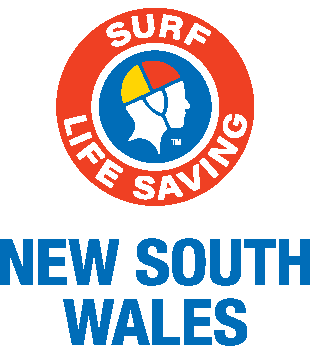Like thousands of other Australians, volunteer surf lifesavers across the state will pause on Sunday to reflect on the sacrifice of not only those who gave their life for the country but served during the war effort.
Remembrance Day 2018 has an added poignancy to it as it commemorates the 100thanniversary of the armistice that signalled the end of World War One.
Ocean Beach Surf Life Saving Club on the state’s Central Coast is one of many who will be participating in a small ceremony tomorrow as the eleventh hour nears.
The club will be joined by the Federal Member for Robertson Lucy Wicks MP to unveil a plaque commemorating the armistice as an extension to the memorial wall opened in 2015 that honours members from Ocean Beach and Umina who have served in war.
“It’s an opportunity for the community to participate in a service and we’re expecting approximately 100-150 people to attend,” said former club President Scott Hannel.
“Although our club didn’t begin until after the war we have a direct connection to the Gallipoli landing with our second president, James Morris, actually landing at Anzac Cove. One of our members who currently serves in the defence force will be speaking about a former surf lifesaver who was killed in World War Two, so it’s an opportunity to reflect and pass on stories through the generations.
“As a mark of respect we have moved Nippers to twilight for the day and we will welcome anyone who wishes to join us on the day,” he said.
Like just about every industry in Australia the fledging movement of Surf Life Saving was touched by the events of the First World War.
Driven by a desire to do their part and a lust for adventure, it is believed that over 1200 lifesavers from NSW alone signed up during the course of the conflict which spanned the years 1914-1918.
They served with distinction on battle fields around Europe including France, Belgium, and Turkey.
It’s difficult to ascertain the true figures, and it remains a passion of a group of surf historians to try and identify every lifesaver who laid down their lives, but it is estimated that at least 203 surf lifesavers didn’t return from the war.
As records continue to be discovered and updated that number is expected to rise.
The young lifesavers hailed from 35 surf clubs stretching from Yamba in the north through to Moruya on the South Coast.
Many clubs suffered losses.
Manly Life Saving Club lost 22 members, while it is believed the first fatality at Anzac Cove during the landing attempt had a background in lifesaving.
Other Sydney clubs including Maroubra (16) and Coogee (15) also experience heavy losses while outside of the metropolitan area at least 19 Newcastle members did not come home.
Arguably as a percentage of enlisted men versus casualties, no club suffered more than Corrimal SLSC. Seven would travel to front and of these four would be killed in action.
For those lifesavers who did return to Australian shores they would find a country where the popularity of the beach would explode.
More people than ever were using the ocean as a form of recreation and as a result new surf clubs would appear up and down the NSW coastline.
The 1920s and 30s were a period of consolidation for the movement, and those who served in the war would play a pivotal role in the expansion of Surf Life Saving.
The idea of mateship and serving your community, reinforced by the horrific experiences of war, would be an ideal that would never leave those who lived through it. Their legacy is seen every weekend when those red and yellow flags fly.
Lest We Forget.
Saturday 10 November 2018


